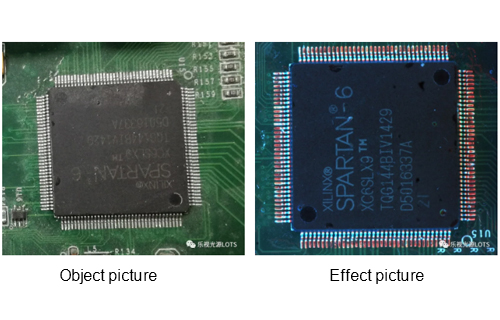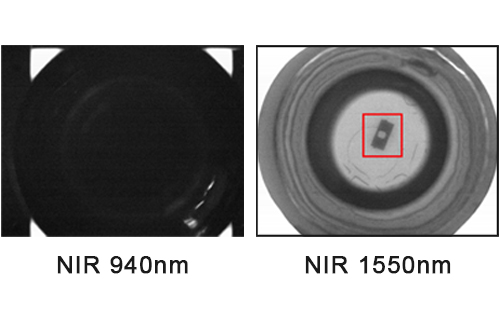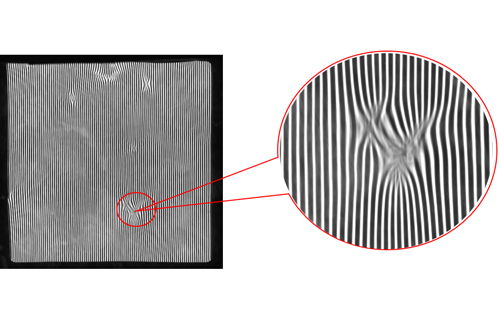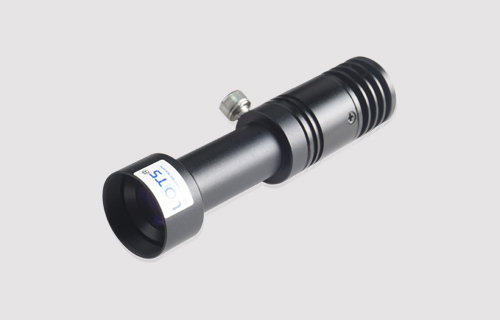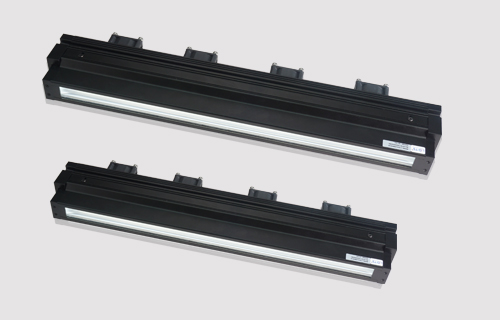When evaluating the visual light solution, how much space should be reserved for the visual light is a technical problem that tests engineers.
During the evaluation, if the visual light test and verification is not done in advance in the early stage of the mechanism design, there is a high probability that the problem of too small space reserved for the mechanism will occur in the later stage. That is, the actual available vision light is often larger than the originally reserved position, which will interfere with the mechanism; if a small installable vision light is used to meet the size requirements, it is very likely that the image quality will be poor and the illumination effect will not be ideal due to the mismatch of the light, thus affecting the progress of the entire project. In the end, it is necessary to change the installation space of the mechanism according to the actual vision light size, and the whole process is time-consuming and labor-intensive.
Therefore, when evaluating visual solutions, it is particularly important to do a good job of vision light selection evaluation in the early stage. At present, most visual solutions first conduct lighting tests, determine the size and height of the light, and then carry out the mechanism design of the visual part. This will be of great help to the smooth development of the entire project in the later stage.
2. Selection Case
The following are two imaging comparisons of large and small vision light: P-1 shows that the light spot cannot cover the field of view due to the small vision light; P-2 shows that the light is of appropriate size and can cover the entire field of view, with a uniform overall effect and obvious inspection features.
 P-1, Imaging effect
P-1, Imaging effect  P-2, Imaging effect
P-2, Imaging effectAfter getting the test sample, we need to understand the inspection characteristics and determine the light path type and color of the light. After selecting these, we can determine the size of the required vision light.
There are three main points for reference.
First, Illumination method. There are two types of illumination methods: front illumination and bottom backlighting.
3. Illumination method
The frontal illumination method is used to determine whether the surface of the product is smooth and reflective. For non-reflective surfaces, the light size requirement is not high, and a light of about 1/2 the size of the field of view is sufficient.
Focus on the reflective surface as an example to determine how to choose the size of the light. First, you need to inspect the features on the reflective surface, and you need to spread the light spot over the entire field of view for uniform imaging, so that you can have better contrast.
At the same time, three parameters need to be known: the size of the camera's bull's eye, the working distance from the camera to the inspection surface, and the size of the field of view (the length and width of the field of view correspond to the length and width of the camera chip). Secondly, if the lens is a FA lens, the angle parameters must be understood. In this way, the projection angle and reflection angle of the camera lens can be obtained, as shown in the following figures (P-3, P-4, P-5). You can see a W-shaped figure formed by projection and reflection. If the light is outside the projection angle (as shown in P-3), there will be a light spot within the reflection angle; if the light is at the critical position of the reflection angle (as shown in P-4), then a light spot will be seen at the edge of the imaging field of view; only when the light is outside the reflection edge (W) (as shown in P-5), will this be a uniform imaging effect. (as shown in P-6) The light is too close, resulting in light spots on the object being tested. (as shown in P-7) There is a light spot at the edge of the imaging. (as shown in P-8) Light is in a suitable position and has a good uniform effect.
 P-3
P-3 P-4
P-4 P-5
P-5 P-6
P-6 P-7
P-7 P-8
P-8 P-9. Light surface is small
P-9. Light surface is small P-10. Light surface is prefect
P-10. Light surface is prefect P-11. Light surface is big
P-11. Light surface is bigThe above two illumination methods only mention FA lenses, and the pictures and texts also use FA lenses as examples for reference. Then there is another lens that needs to be explained, which is the commonly used telecentric lens. The telecentric lens is basically a parallel light path type, so when choosing the light size with the telecentric lens, we only need to make it slightly larger than the actual field of view. As shown in the figure below:
 Pic 12. Frontal illumination of telecentric lens
Pic 12. Frontal illumination of telecentric lens  Pic 13. Telecentric lens bottom backlighting
Pic 13. Telecentric lens bottom backlightingOnce the camera's center of gravity and working distance, lens angle, light working distance and field of view are known, the size of the light can be determined by calculation. At the same time, you also can use CAD and other drawing software to draw a graph according to the parameters to intuitively see where the light spot of the vision light is and determine whether the light of the right size is selected. As shown in the figure below:
 Pic 14、Calculate reference value using FA
Pic 14、Calculate reference value using FA  Pic 15、Calculate reference using telecentric lens
Pic 15、Calculate reference using telecentric lensWhen the lens is a common FA lens, the relationship between the light working distance Wd and the surface light length L can be obtained from the characteristics of similar triangles:

6. Conclusion
The above is a common method for selecting visual light. I hope it will be helpful to everyone. In the machine vision inspection solution, the selection of visual light is an important component. The correct choice of light solution is conducive to the smooth completion of the entire visual system. The right light can effectively save costs and installation space.

